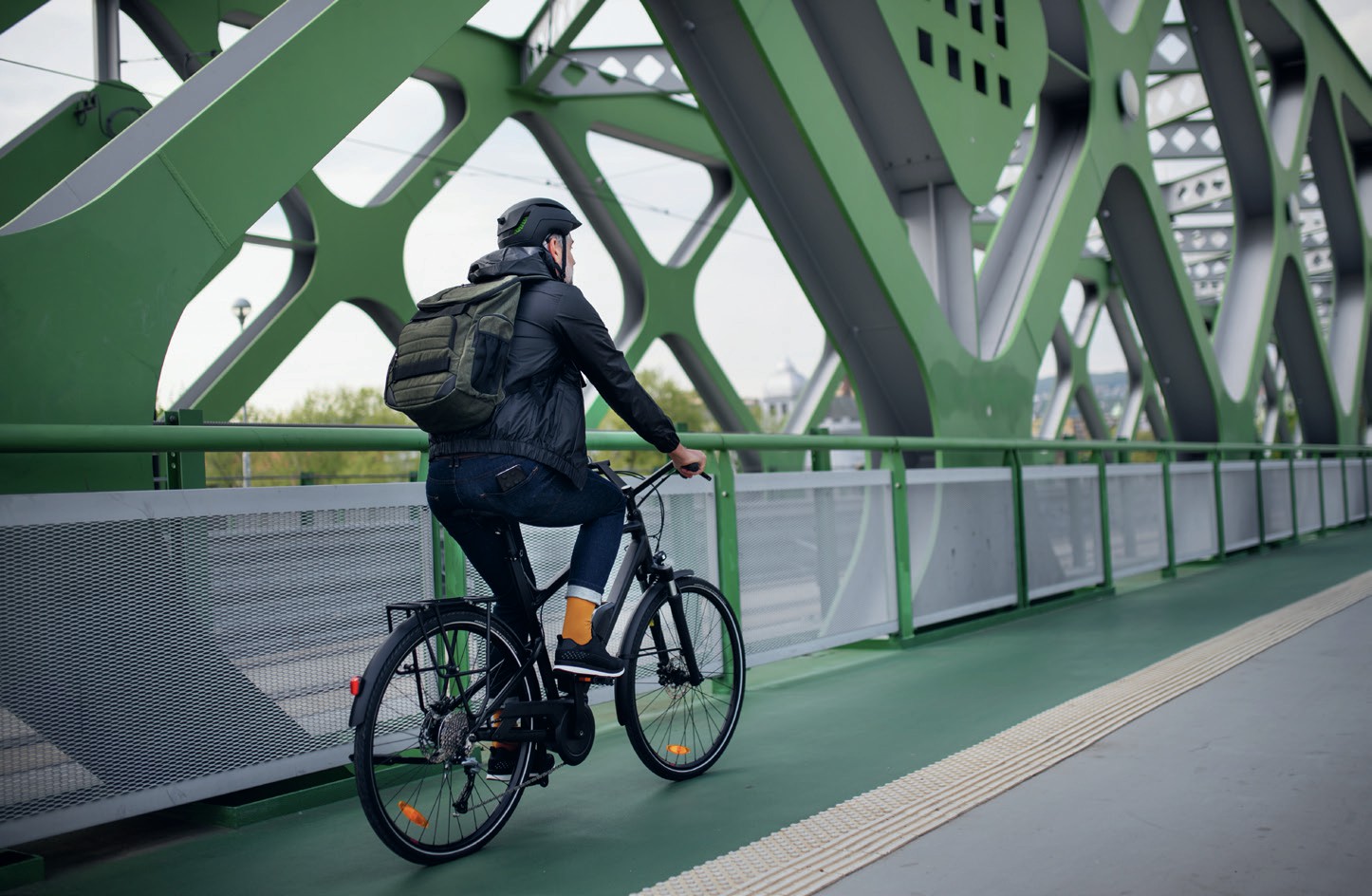
A growing number of the world’s urban authorities want their city or town to become a 10-minute, 15-minute or 20-minute place — collectively known as ‘x-minute places’. The number of minutes describes the maximum time needed for a typical citizen to walk from home to their workplace, or to access an essential service, such as a grocery shop, doctor’s surgery, or primary school (see Figure 1). By their nature, some well-planned small towns routinely function as x-minute places, with everything close at hand for their populations. In contrast, many larger cities would need to be redesigned to deliver significant improvements in local access to work and services at the neighbourhood scale.
The 2022 World Cities Report by the United Nations defines the x-minute concept as: ‘A way of urban living where residents are able to meet most of their needs within a short walk from their homes.’ The UN sees this approach as a key to achieving the longer-standing goal of ‘compact city’ design. This idea was first developed in the 1970s by urbanists such as Jane Jacobs as an alternative to the social and environmental problems associated with urban sprawl and the commuter lifestyle. One advantage of the x-minute concept is that it provides a precise benchmark for measuring compactness.
Your organisation does not have access to this article.
Sign up today to give your students the edge they need to achieve their best grades with subject expertise
Subscribe




